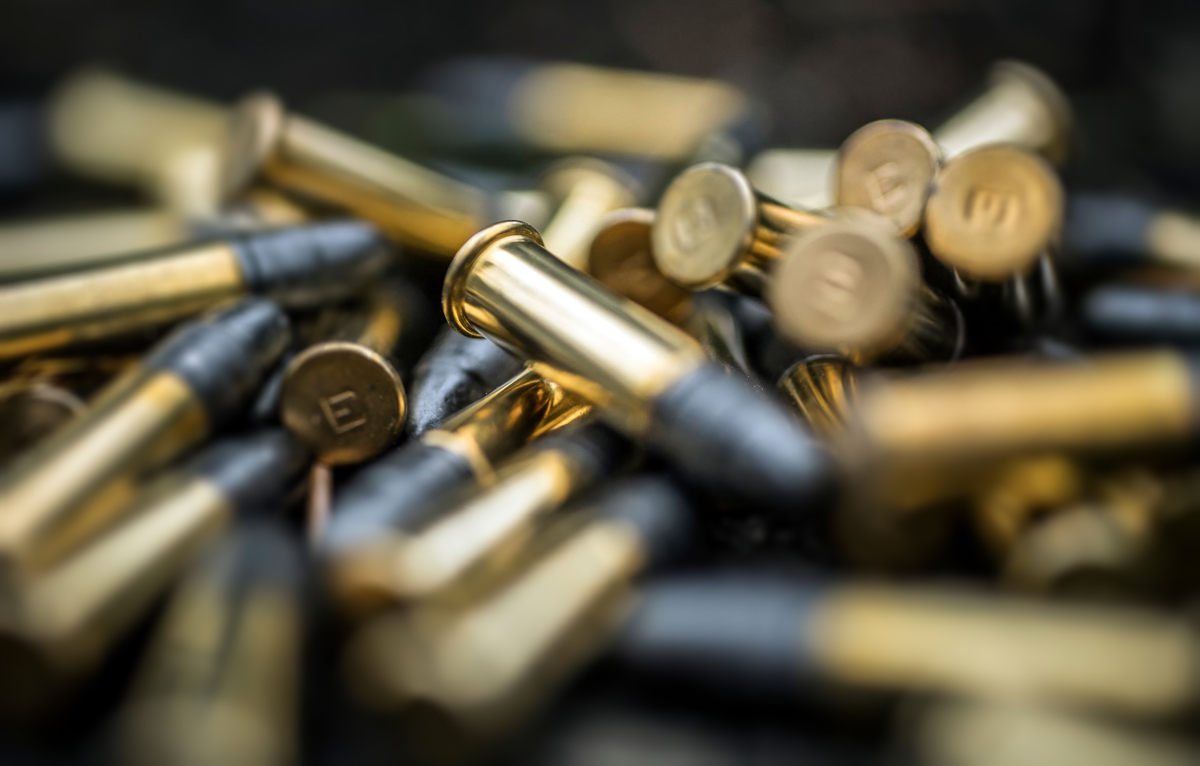I'm a fan of the reliability of Aguila 22LR ammo, but really don't like the sticky, waxy coating they use. Waxy ammo also is produced by other manufacturers.
My understanding is that wax is used on ammo to protect, seal, and provide lubrication. However, the waxy coatings can be problematic for handling, magazine operation, chambering, and gun deposits. For those reasons, I figured I'd explore ways to make wax less of a problem for me.
My first experiment was to use mineral spirits, which is known to be an effective wax solvent. It certainly removed the wax, but the volatile compounds in mineral spirits readily penetrate the casing and degrade the powder. Fail.
The second experiment was based on the recommendation to use Rem Oil on ammo to make rounds pass through my quick loader more readily. Through reading the safety data sheet (SDS) for Rem Oil, I saw that its roughly a 50/50 mixture of mineral oil (baby oil) and naphtha (odorless mineral spirits). Not having any odorless mineral spirits but having baby oil, I tried just a spritz of baby oil on some ammo. It certainly made the ammo pass through the quick loader reliably. I put a batch of ammo in one of those disposable, lidded plastic food tubs and tumble the ammo until relatively evenly coated. Its simple and effective.
I've now obtained regular mineral oil and see that its more viscous than the baby oil that I tried initially and it makes sense that Remington adds odorless mineral spirits to Rem Oil to thin it out. But I still find that just mineral oil can work to alleviate the ammo waxiness and stickiness.
One thing that I can now recommend is to be careful with how much mineral oil you apply to your ammo. If the ammo is too oily, the gun internals get pretty messy with oil. (I guess if you run your guns with a lot of lube, then that probably won't matter to you.) I like to run my guns with lube only on moving parts and slides. I find that my gauge in deciding if the ammo is oiled enough when its slightly oily and the stickiness of the wax is largely gone. I find that the deposits in the gun are mostly dry with this approach.
This treatment doesn't change the fact that there's wax on the ammo and that waxy deposits build up on the bolt and breach to eventually cause problems. I find that for my Mark IV pistols, I can only run about 200 to 300 waxy rounds through before the deposits affect how the bolt goes back into battery and producing light strikes. I have to wipe the bolt and breach at that interval to maintain reliability. The good thing is that the deposits come right off.
With this said, I'd appreciate your thoughts on this or what you do to deal with waxy ammo.
My understanding is that wax is used on ammo to protect, seal, and provide lubrication. However, the waxy coatings can be problematic for handling, magazine operation, chambering, and gun deposits. For those reasons, I figured I'd explore ways to make wax less of a problem for me.
My first experiment was to use mineral spirits, which is known to be an effective wax solvent. It certainly removed the wax, but the volatile compounds in mineral spirits readily penetrate the casing and degrade the powder. Fail.
The second experiment was based on the recommendation to use Rem Oil on ammo to make rounds pass through my quick loader more readily. Through reading the safety data sheet (SDS) for Rem Oil, I saw that its roughly a 50/50 mixture of mineral oil (baby oil) and naphtha (odorless mineral spirits). Not having any odorless mineral spirits but having baby oil, I tried just a spritz of baby oil on some ammo. It certainly made the ammo pass through the quick loader reliably. I put a batch of ammo in one of those disposable, lidded plastic food tubs and tumble the ammo until relatively evenly coated. Its simple and effective.
I've now obtained regular mineral oil and see that its more viscous than the baby oil that I tried initially and it makes sense that Remington adds odorless mineral spirits to Rem Oil to thin it out. But I still find that just mineral oil can work to alleviate the ammo waxiness and stickiness.
One thing that I can now recommend is to be careful with how much mineral oil you apply to your ammo. If the ammo is too oily, the gun internals get pretty messy with oil. (I guess if you run your guns with a lot of lube, then that probably won't matter to you.) I like to run my guns with lube only on moving parts and slides. I find that my gauge in deciding if the ammo is oiled enough when its slightly oily and the stickiness of the wax is largely gone. I find that the deposits in the gun are mostly dry with this approach.
This treatment doesn't change the fact that there's wax on the ammo and that waxy deposits build up on the bolt and breach to eventually cause problems. I find that for my Mark IV pistols, I can only run about 200 to 300 waxy rounds through before the deposits affect how the bolt goes back into battery and producing light strikes. I have to wipe the bolt and breach at that interval to maintain reliability. The good thing is that the deposits come right off.
With this said, I'd appreciate your thoughts on this or what you do to deal with waxy ammo.






